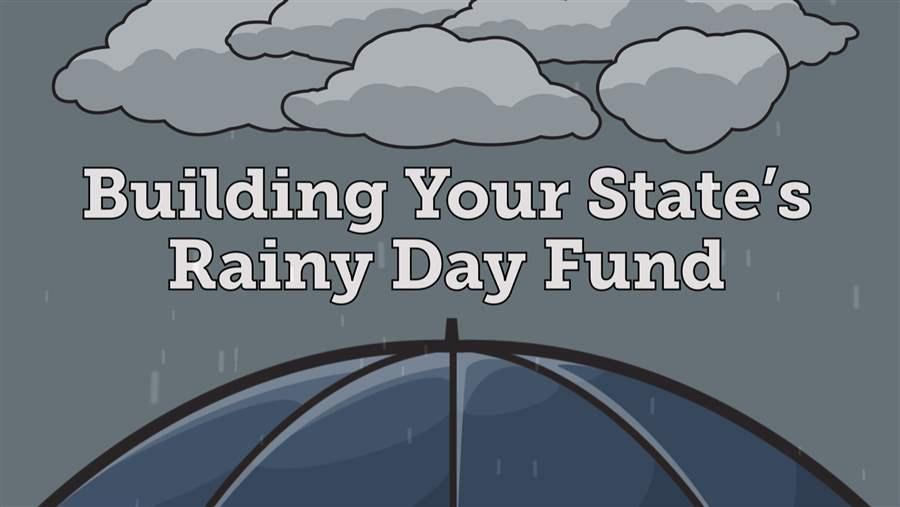Connecticut Reforms and Strengthens Rainy Day Fund
Connecticut’s newly enacted budget for fiscal year 2016 includes a comprehensive reform to the state’s Budget Reserve Fund, designed to help the state better manage its volatile revenues and expand its options for dealing with future budget pressures arising from economic downturns.
Introduced in April 2015 as a stand-alone bill (S.B. 1135), the reform passed the Joint Finance, Revenue, and Bonding Committee unanimously under the leadership of co-chairs Sen. John Fonfara (D) and Rep. Jeffrey Berger (D), and members Sen. Scott Frantz (R) and Rep. Christopher Davis (R). It was then added to H.B. 7061, the budget bill that the General Assembly passed on June 3 and Gov. Dannel Malloy signed into law on June 30, 2015.
The reform includes numerous policy changes consistent with best practices identified by Pew to smooth revenue volatility and build savings during times of growth.
Connecticut’s rainy day fund reform:
- Raises the maximum balance in the fund from 10 percent to 15 percent;
- Creates an automatic mechanism to deposit above-average revenues into the fund;
- Establishes conditions for withdrawal and use of the fund’s balance;
- Clearly stipulates that the Budget Reserve Fund is for “reducing revenue volatility in the General Fund and reducing the need for increases in tax revenue and reductions in state aid due to economic changes”; and
- Requires regular evaluation of the deposit and maximum fund balance policies.
Pew research shows that Connecticut has the 13th highest revenue volatility in the nation. Other states with highly volatile revenue can heed Connecticut’s well-designed approach to long-term fiscal management. As Comptroller Kevin Lembo said in a press release, “This legislation will put the State of Connecticut in a better position leading into any future economic downturn, reducing the need for future tax increases and requiring fewer crisis-driven budget cuts.”


America’s Overdose Crisis
Sign up for our five-email course explaining the overdose crisis in America, the state of treatment access, and ways to improve care
Sign up

This video is hosted by YouTube. In order to view it, you must consent to the use of “Marketing Cookies” by updating your preferences in the Cookie Settings link below. View on YouTube
This video is hosted by YouTube. In order to view it, you must consent to the use of “Marketing Cookies” by updating your preferences in the Cookie Settings link below. View on YouTube









